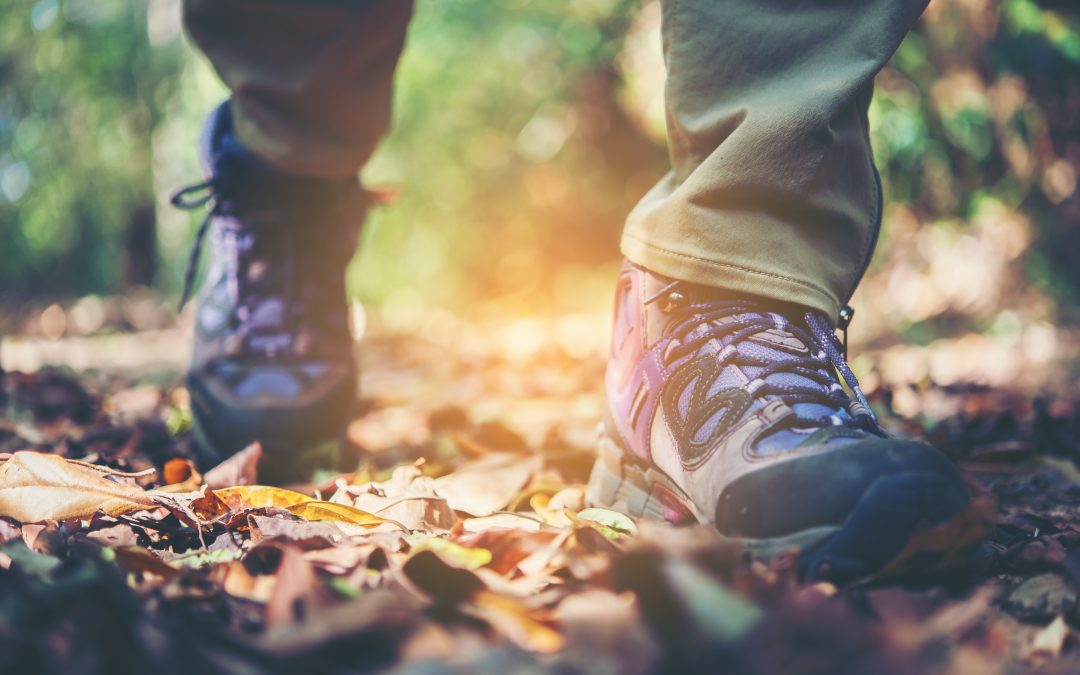If you’re planning on hiking either a national park or just spending a weekend outdoors, preparation and planning are key to having a positive experience. Without the right food, equipment, medical supplies, and information, your hike could take an unfortunate turn. At best case scenario, you’ll have an unpleasant time. However in the worst case scenario, you might put your safety at risk–or even worse.
Hiking multi-day excursions can be fantastic experiences when done correctly. You’ll have a chance to get up close and personal with nature, make memories, and maybe meet some fascinating people on your hikes. You may help ensure that your hiking trip is a success by following the 9 guidelines below.
1. Research Your Preferred Hiking Location
Hiking is a great way to get some exercise and fresh air, but it’s important to be prepared before you hit the trail. Gather accurate information about the area where you’ll be hiking, including weather conditions, trail closures, and any rules and regulations that might apply. A good place to start is by visiting national park service websites or reading guidebooks. You can also find helpful information on your local department of natural resources or department of conservation website.
Now that you have done your research, it is time to get some tips from people who are familiar with the area. Look for community forums and discussion groups created by hikers and campers who know the area well. They will be able to give you the kind of unofficial information that other sources might not provide. For example, experienced hikers may know which landowners along your path will let you refill your water bottle or where there are edible plants growing.
2. Make Sure You Are Physically Capable
Taking everything you need into one day is difficult. If you aren’t prepared, fatigue will soon become an issue if you do it for two or more days. Don’t put off finding out what your body can handle until after your long trek. Start now by doing things like going to the gym and using the stair climber a lot. Then, seek assistance from a coach in learning exercises that focus on your core and legs strength. To maximize both strength and endurance, this is something you’ll want to do. While it’s important to stay in shape, don’t focus on bodybuilding gains during this time. Instead, work on endurance training.
3. Focus On Your Feet
Blisters and sore feet are not only a hindrance while hiking, but can also completely ruin the experience by putting you in immense pain. Since your feet play such an important role in hikes (second to your brain of course), be sure to take care of them and prevent blisters before they even have a chance to form.
Invest in a pair of hiking boots that are dedicated to the task. Then make good use of them. On several shorter treks, start with them. You don’t want to begin a lengthy journey in shoes that aren’t broken in. After that, pick up a few pairs of socks made especially for trekking and mountaineering. Merino wool socks are increasingly popular among hikers these days.
While some people say changing your socks once a day is sufficient, if you have sweaty feet or are hiking in hot weather, it’s best to change more frequently.
4. Buy Light Gear
If you intend to hike for more than one day, you’ll need to bring additional gear with you such as a cooking stove, sleeping bag, tent, and extra clothing. That weight will start to take its toll on your body if you aren’t in good shape. In this case, it would be worthwhile to spend money on lighter gear that is specifically designed for multi-day hiking trips. Even reducing your total load by 10 pounds can make a big difference.
5. Invest In A Map And GPS System
To begin, never go on a walk without obtaining a copy of the trail map. If you lose your equipment or run out of battery power, this may be a lifesaver. A waterproof carrying case for that map is also a good idea. However, spending money on a GPS system or app that is tailored to hikers is more than worth it. These robust gadgets can help you get through the most difficult terrain and endure significant abuse.
6. Hydrate, Hydrate, HYDRATE!
It’s critical to stay properly hydrated when you plan your trip. Keep in mind that you can’t just throw water bottles all over your luggage. If you must carry water, a hydration vest or belt is recommended. This allows you to carry the water you have more ergonomically because it disperses the weight across your body.
Next, work out where you can get more water. If you’re not sure whether there will be drinkable water on the trip, it’s time to invest in a water filtering straw or purification tablets. It may be useful to bring along some powdered sports drink mix if you’re hiking in particularly difficult terrain.
7. Leave The Trail As You Have Found It
Every hiker, camper, mountaineer, or backcountry adventurer has a duty to practice environmental care. This implies that when you complete your trip, everything you brought with you should be removed from the trail. It includes food waste as well. Don’t leave it to chance that animals will consume it. That’s not good for them and encourages them to eat human food, which can be hazardous for both them and other hikers.
8. Plan Your Meals and Make Sure You’re Eating Efficiently
Another helpful guideline is to eat ‘feed fresh food first.’ If you want to roast hot dogs over an open fire or make a camper’s breakfast with pancakes, eggs, and all the fixings, that’s fine. Just make sure you have your menu in such a way that any perishables are consumed first.
Fresh food may not be accessible if you’re doing a thru hike. Instead, you’ll want to use dehydrated or freeze dried foods. Outdoor and camping stores offer packages of these. If you have your own food dehydrator, there are many trail meal recipes available online.
9. Plan For Illness and Injury
Before each hike, check that you have a comprehensive first-aid kit. For longer hikes, bring additional supplies than you would usually carry. It’s also wise to bring cash in case of emergencies. Lastly, if opting to hike solo, purchase a personal location beacon for peace of mind. With these precautions in place, you’re sure to enjoy every minute spent hiking the great outdoors!

